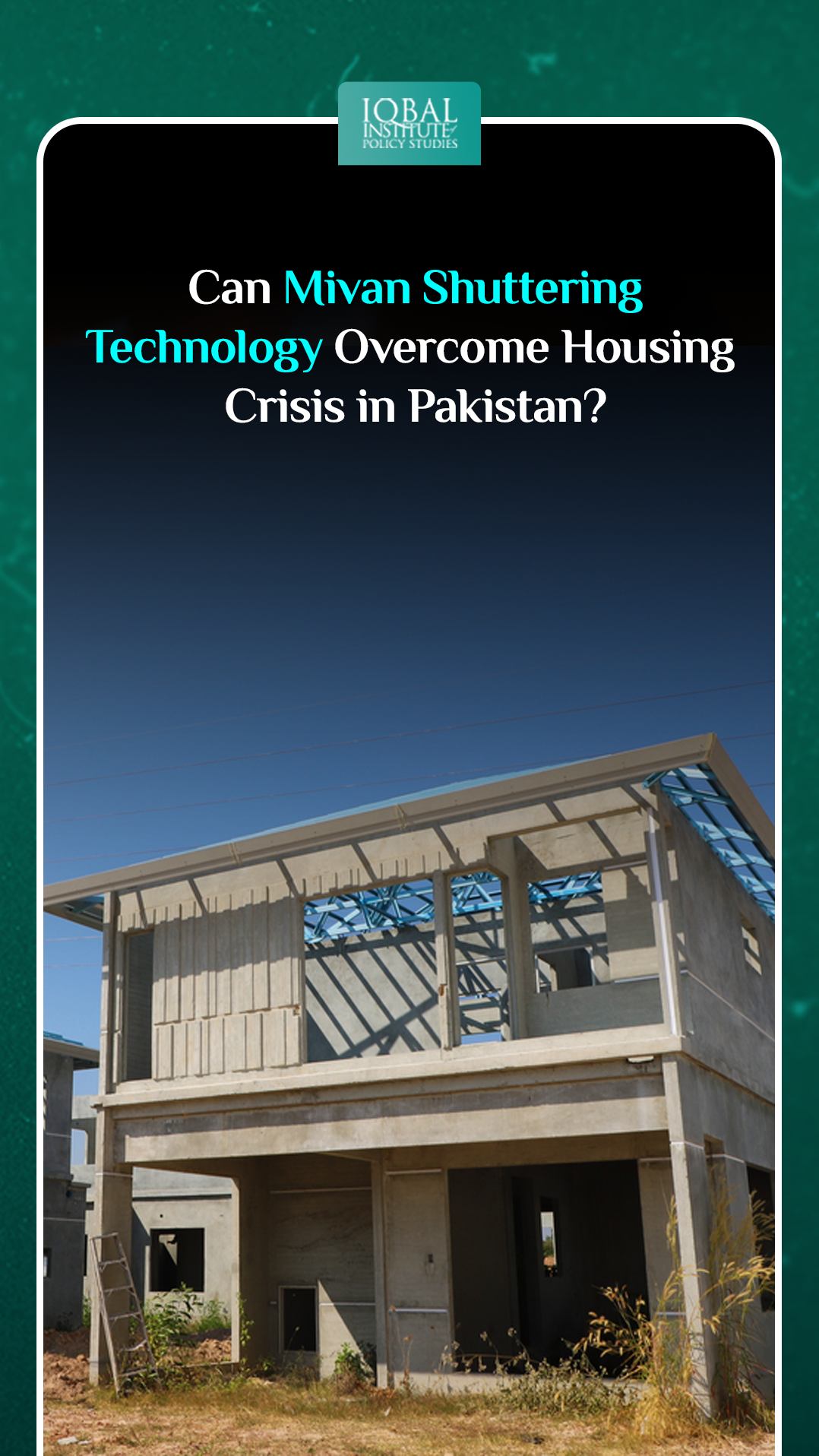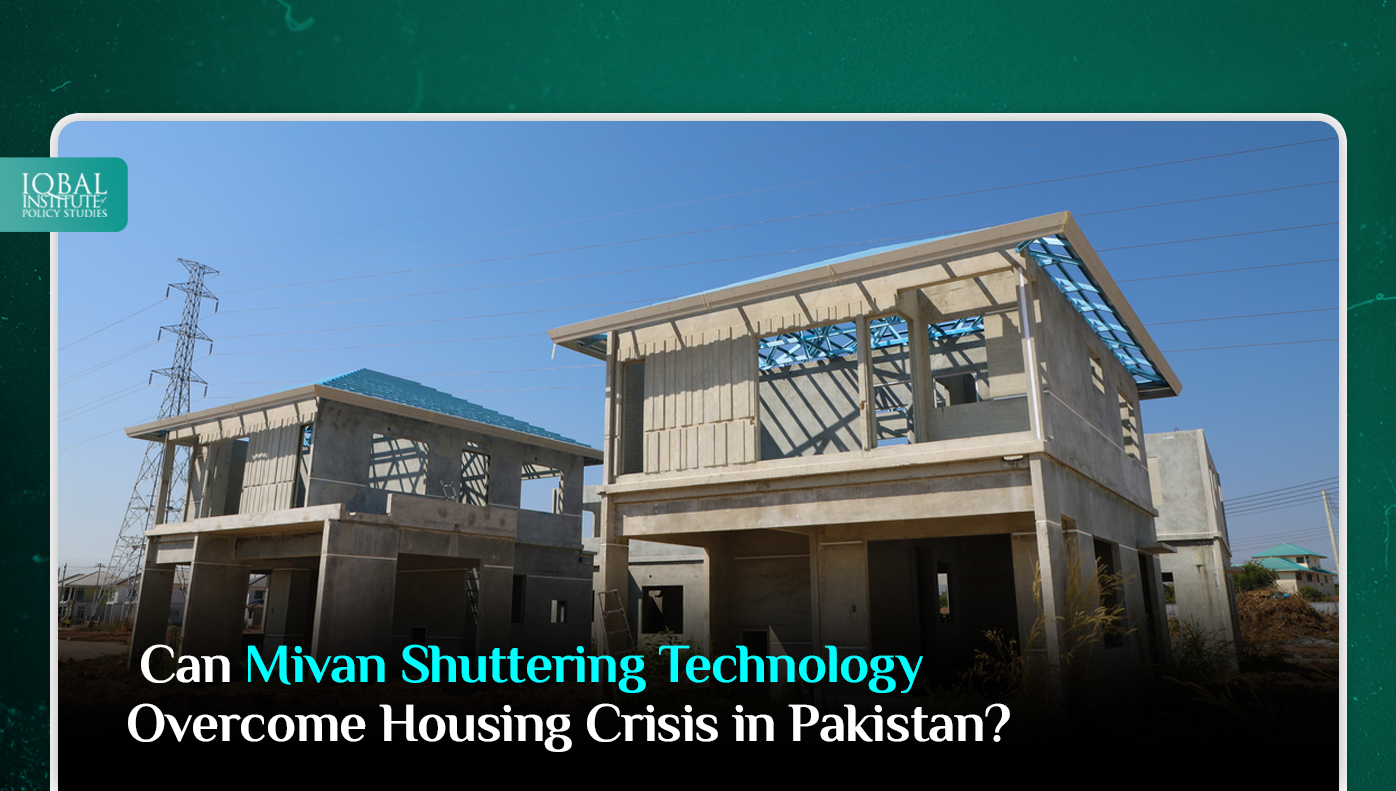Housing is a vital input in economic, social, and civic development and contributes as a major economic driver in both developed and developing countries. However, the world’s population is growing rapidly and so are the housing needs, fueling a global housing crisis. As a result, Mivan technology is becoming quite popular among real estate developers and builders. This technology leaves behind traditional ways of construction by making it faster, inexpensive, and more efficient. Moreover, it is resourceful in constructing large number of affordable houses without compromising on the quality of construction. This fast-paced innovation also ensures the structure’s durability and can solve any country’s housing shortage. Mivan technology is emerging as an economical alternative to the traditional real estate construction sector and can potentially lessen the pace of the housing crisis.
What is Mivan Technology?
A European construction company developed a high-quality and modern aluminium framework called Mivan technology which eliminates the time that goes into the construction of large-scale commercial or residential projects. Its framework uses aluminium forms instead of traditional bricks or timber forms. This leads to sustainable and efficient construction practices. This innovative technology has been widely adopted in Europe, Gulf countries, and Asian countries, including India.
Benefits of Mivan Technology
Time Efficient
The Mivan construction system is much faster than the traditional beam, column, and brick construction. It reduces the time required for project completion by almost half when compared to traditional construction techniques. Moreover, it lessens effort by 20%, thus increasing construction efficiency. For a Mivan formwork building, excavation on the site takes 38 days, while Reinforced Cement Concrete (RCC) take another 400 days. For the same structure, a traditional construction set-up would use 37 days for excavation, 348 days of RCC work, 150 days of bricks work, 135 days for internal plaster, another 120 days for ceiling Plaster of Paris (POP), and 90 days for external plaster.
Limits the need for Skilled Labor
Mivan framework is lightweight and does not require a lengthy and complex installation procedure. It has an already set checklist to follow and can be handled easily. It also eliminates labour-intensive activities like masonry and rendering activities. Thus the need for skilled labour is minimised.
Resistance and Durability
Construction of buildings with Mivan Technology is more durable and resistant to seismic activities as they act as strong single units of monolithic concrete structures. It gives off a smooth finish to the structure, and its aluminium framework is durable against rust and extreme weather conditions. Moreover, the aluminium alloy used in this technology can be used multiple times, making it resource-efficient and recyclable.
Requires Low Maintenance
This technology uses free-flow concrete as It can be poured quickly, flowing and spreading effortlessly to provide an exceptional, highly aesthetic finish and eliminate the need for construction joints. As a result, the chances of seepage and leakages are reduced, lowering the overall maintenance cost. Moreover, extensive plastering of the infrastructure to maintain quality is not required in this case.
Adaptable
Constructing and dismantling a building with a Mivan framework is easy and prone to less damage. At the same time, traditional construction uses logs in its framework, which are subjected to damage, making the whole process tedious and costly. Mivan technology offers a one-time set-up, which can easily be transported to any site. The framework must be set up at the construction place, followed by concrete work.
Reduces Carbon Emissions
Construction of infrastructures by traditional methods uses intense practices that harm the environment. The building sector is responsible for 38% of greenhouse emissions (Neil, 2020). Once such buildings are dismantled, they are burnt as they cannot be fully recycled. This increases the carbon emissions in the atmosphere contributing towards global warming. On the other hand, the Mivan framework is recyclable and is subjected to low carbon emissions.
Limitations of Mivan Technology
Expensive
Aluminium frameworks used by Mivan technology are expensive compared to traditional frameworks. Developing a structure using this technology can cost Rs 1 crore, whereas Rs 75 lakh is used for the same construction through traditional means (Aman, 2022). However, the initial cost of the process is high, which is counterbalanced by the reduced time and quality of construction.
Shrinkage of Concrete and Visibility of Finishing Lines
Shrinkage of concrete can result in issues like segregation, honeycombing or cracking on the walls and slabs of the infrastructure. Its prevention involves using fly ash or control strips which requires extra effort and expense. Moreover, due to small-sized components, the final structure could have finishing lines visible on the structure’s surface.
Limits Alterations
The structure built by Mivan technology is an inflexible monolith in Reinforced Cement Concrete (RCC). Thus alterations or modifications are not possible. Moreover, it requires uniform planning and elevations to reduce costs and alterations.
Can Mivan Technology Address the Housing Crisis in Pakistan?
Pakistan’s urban population for 2021 was 2.7% more than the previous year (macrotrends, 2022). It is growing at an average rate of 0.80% (World data atlas, 2022). According to World Bank, 47% of the urban population lives in overcrowded and informal settlements (Amin, 2022). Currently, Pakistan is facing an acute housing shortage of 10 million units (PIDE Policy Viewpoint, 2022). Moreover, by 2030 Pakistan will need 20 million housing units (Bhutta, 2022). However, the housing sector has been unable to meet these growing demands at a quick pace. The majority of the housing projects in the country are profit-driven and not demand based. Soaring inflation and a wide gap between demand and supply are causing a surge in the cost of houses, making housing unaffordable for more than 38% of Pakistan’s urban population (Sajid, 2022). This unending demand can be reduced by using innovative technologies like Mivan.
The innovative Mivan technology can address issues like project delays, the requirement for a skilled workforce, and slow-paced construction. This system is most suitable for Pakistan’s condition as pre-made aluminium formwork is recyclable and emits low greenhouse gases in the environment. Such sustainability in the construction sector is crucial to lessen the pace of climate change in the country. Furthermore, 96% of India’s urban shortage was minimised by adopting Mivan technology in its construction sector as a part of its ‘Housing for All-2024’ project (Remi, 2018). Pakistan can also achieve similar outcomes if this technology is used effectively. However, the government would need resilient policies, effective urban planning, and massive funds if it aspires to incorporate this technology into its construction sector. The benefits that come with this technology can potentially lessen the country’s housing crisis. Therefore, Pakistan must make it a part of its fast-evolving real estate sector.
Conclusion
Technological tools are advancing at a fast pace and have the potential to create affordable housing units for the growing population. Innovations like Mivan frameworks are revolutionary and can reduce the gap between the demand and supply of housing units. The fast-paced construction it offers can drive productivity and growth of the housing sector. Therefore, developing countries like Pakistan must avail such technologies to make housing affordable and sufficient for its massive population. This will not only lead to the growth of the real estate sector but will also ensure economic prosperity.
References
Aman. (2022, July 25). 99acres. Retrieved from https://www.99acres.com/articles/construction-technology-mivan-shuttering-vs-conventional-formwork.html
Amin, T. (2022, September 13). Business Recorder. Retrieved from https://www.brecorder.com/news/40197135
Bhutta, Z. (2022, July 8). Real estate group seeks long-term policy. The Expess Tribune. Retrieved from https://tribune.com.pk/story/2365216/real-estate-group-seeks-long-term-policy
GraanaBlog. (2021, 6 13). Retrieved from graana.com: https://www.graana.com/blog/the-role-of-real-estate-in-pakistans-economic-development/
macrotrends. (2022). Retrieved from https://www.macrotrends.net/countries/PAK/pakistan/urban-population#:~:text=Pakistan%20urban%20population%20for%202021,a%202.71%25%20increase%20from%202018.
Neil, P. (2020, December 16). environment journal. Retrieved from environmentjournal.online: https://environmentjournal.online/articles/emissions-from-the-construction-industry-reach-highest-levels/
PIDE Policy Viewpoint. (2022, January 7). Retrieved from https://pide.org.pk/wp-content/uploads/pv-36-the-assumed-shortage-of-housing-in-pakistan.pdf
remi. (2018, July 25). Retrieved from https://www.remi.edu.in/blog/mivan-shuttering/
Sajid, Z. (2022, September 11). Baaghi. Retrieved from https://en.baaghitv.com/over-38-percent-of-urban-pakistanis-are-unable-to-afford-housing/#:~:text=Islamabad%3A%20The%20World%20Bank%20(WB,than%20one%20in%20three%20people.
Tariq, D. F. (2019, 22 6). POLICIES TO PROMOTE AFFORDABLE HOUSING IN PAKISTAN:CHALLENGES AND LESSONS LEARNED. housing research center. Retrieved from https://www.un.org/development/desa/dspd/wp-content/uploads/sites/22/2019/06/Fariha-Nairobi_Africa.pdf
Team GSB. (2019). Gosmartbricks. Retrieved from https://gosmartbricks.com/merits-demerits-mivan-technology/
Trading Economics. (2022). Retrieved from tradingeconomics: https://tradingeconomics.com/pakistan/population-living-in-slums-percent-of-urban-population-wb-data.html#:~:text=Population%20living%20in%20slums%20(%25,compiled%20from%20officially%20recognized%20sources.
World data atlas. (2022). Retrieved from knoema: https://knoema.com/atlas/Pakistan/Urban-population#:~:text=Pakistan%20%2D%20Urban%20population%20as%20a%20share%20of%20total%20population&text=In%202021%2C%20urban%20population%20for,average%20annual%20rate%20of%200.80%25.



Leave a Reply